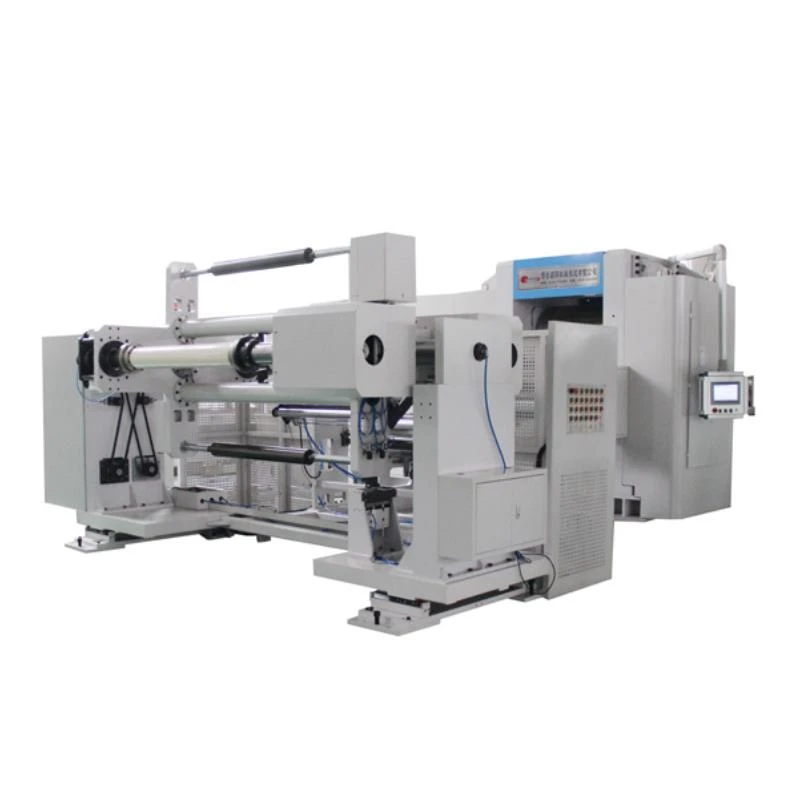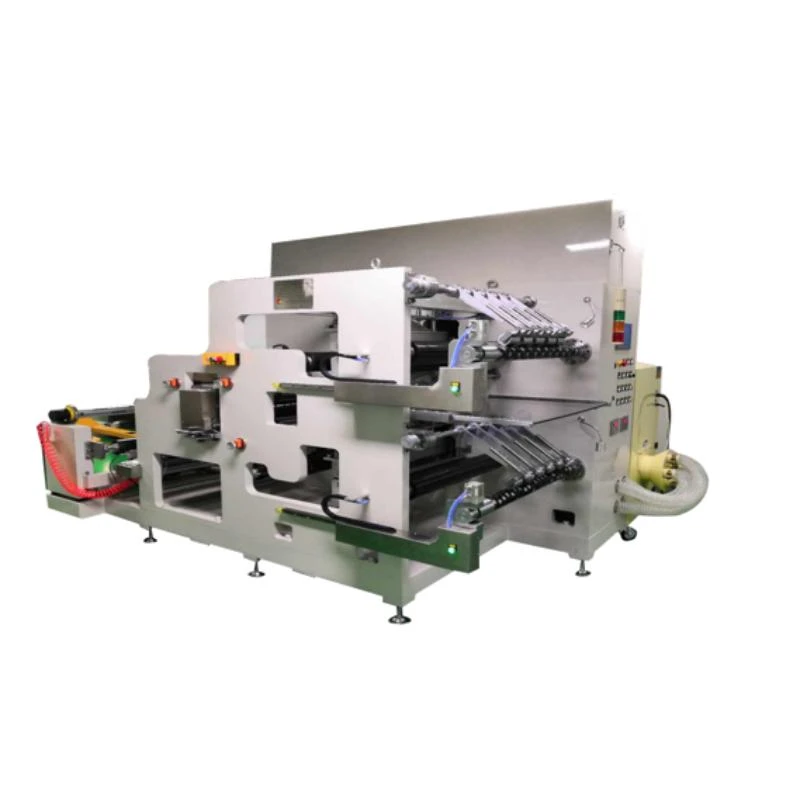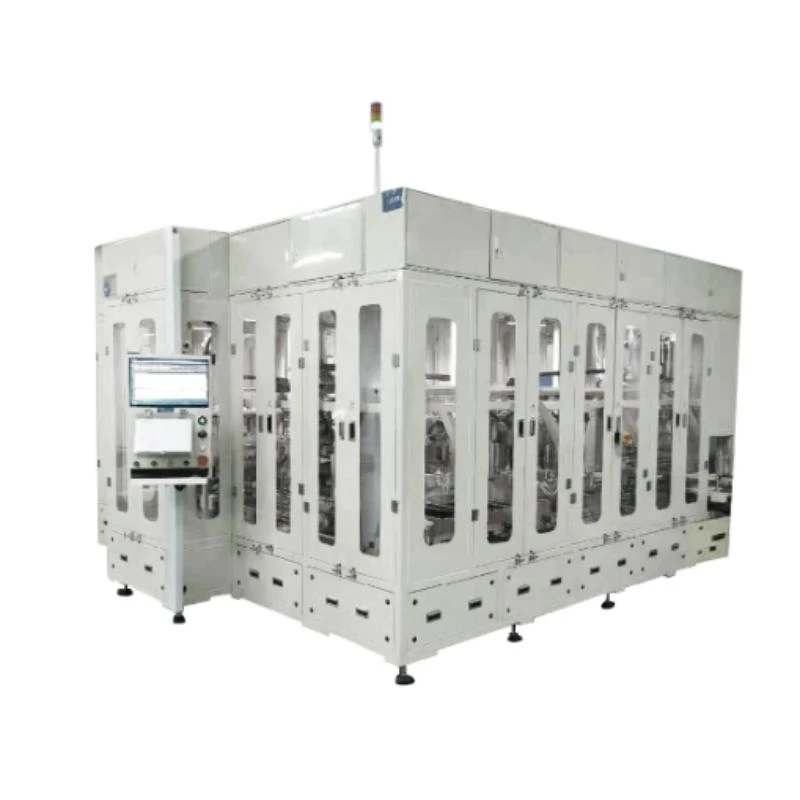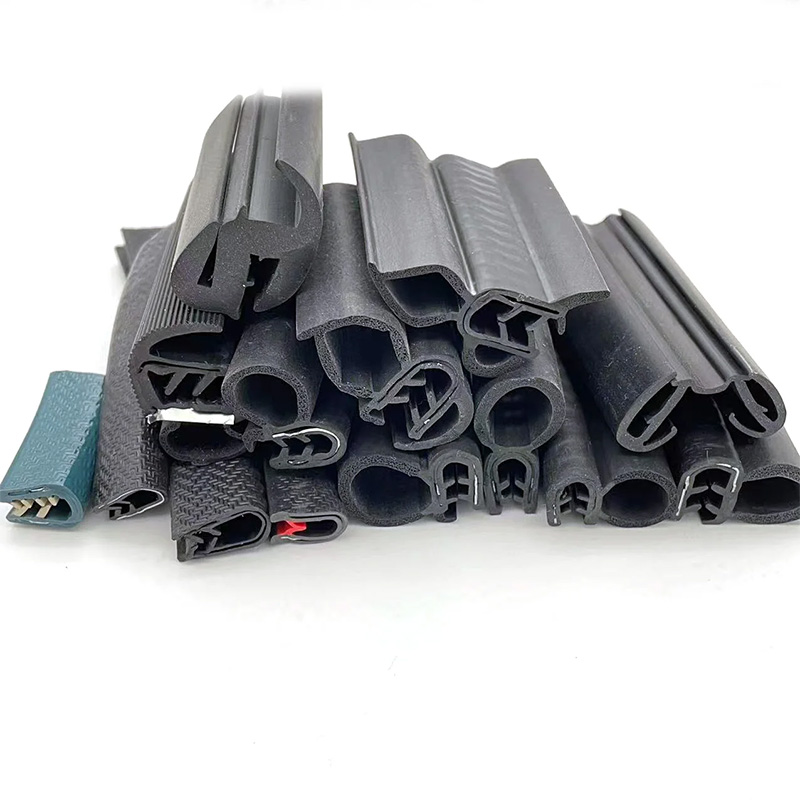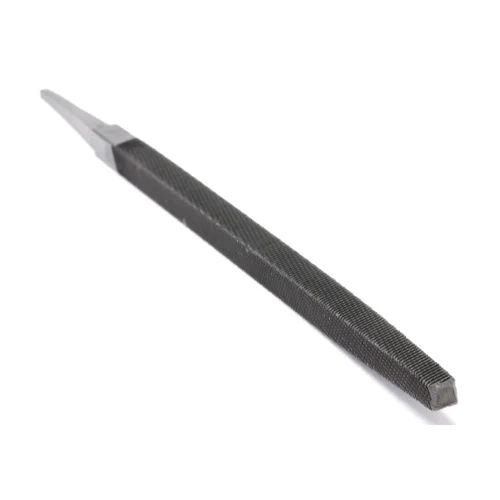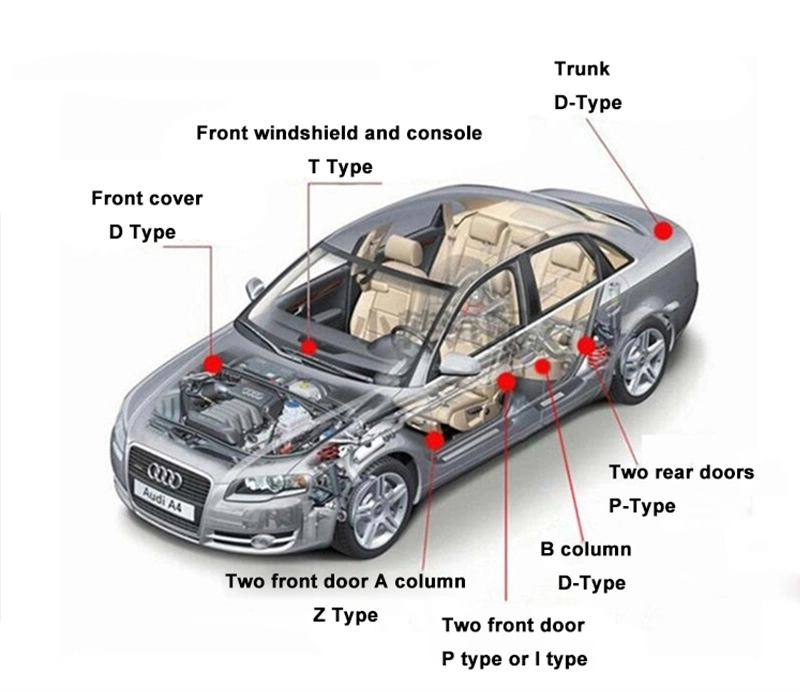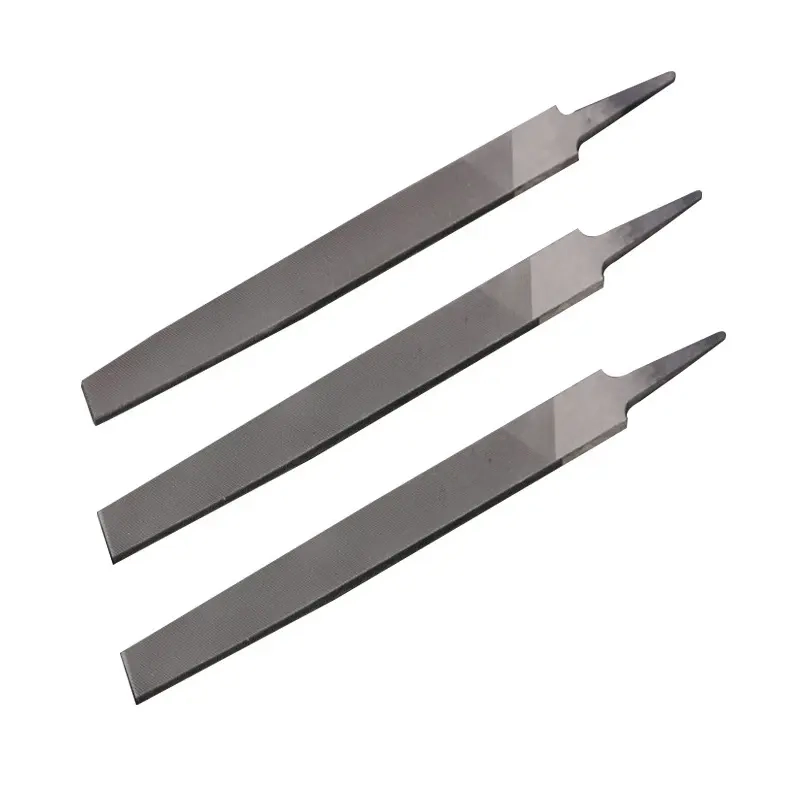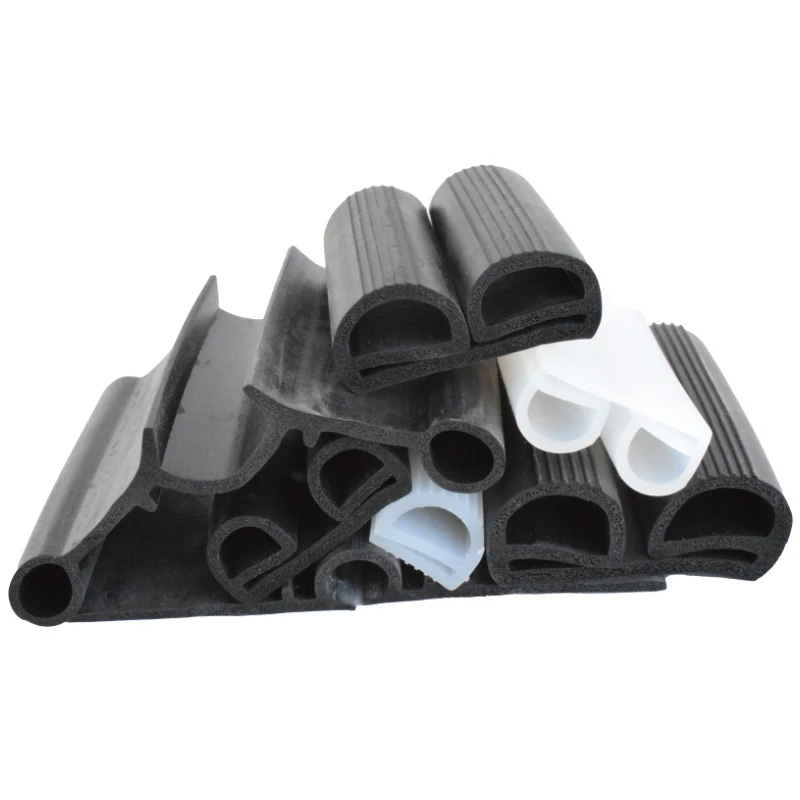High-Efficiency Lithium Ion Battery Assembly Machine for Production Lines
Official Website
Contact: sdtrading0927@126.com | 86-19803295498
Address: Room 1410, No. 119 Zhongxing East Street, Xiangdu District, Xingtai City, Hebei Province, China.
Table of Contents
- Industry Overview & Trend Analysis
- Technical Parameters: Lithium Ion Battery Assembly Machine
- 900*1200 Positive Electrode Roll Pressing and Slitting Integrated Machine Introduction
- Application Scenarios
- Technical Parameter Visualizations
- Professional Q&A
- References
Industry Overview & Trend Analysis
The lithium ion battery assembly machine landscape is rapidly evolving amidst surging demands for electric vehicles, renewable energy storage, and portable electronics. As key technologies in lithium battery production line and lithium battery equipment advance, manufacturers are embracing intelligent, automated assembly lines to boost efficiency, precision, and consistency [1].
The global shift toward sustainable energy amplifies the need for high-yield, high-precision, and scalable lithium ion battery assembly machine and lithium ion battery production line. Alongside battery performance, process innovation remains core—technologies such as AI-based quality inspection, digital twin-assisted process simulation, and integration of slitting and roll-pressing modules are setting new benchmarks in the industry.

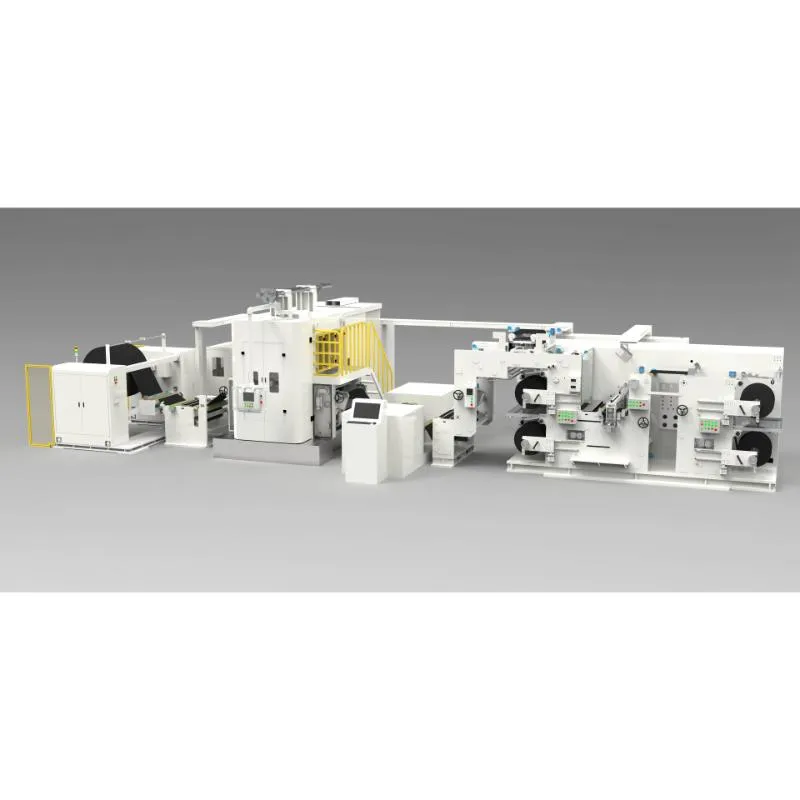

XINGTAI SHUODING TRADING CO.,LTD stands at the forefront of these transformations, providing world-class lithium ion battery assembly machine solutions and comprehensive lithium battery production line integration.
Technical Parameters: Lithium Ion Battery Assembly Machine
Modern lithium ion battery assembly machine must meet advanced requirements in roll-pressing, slitting, winding, electrode stacking, electrolyte filling, welding, and automated inspection. Below is an overview of typical technical parameters sourced from recent supplier data and market research [2]:
| Parameter | Typical Value / Range | Description / Importance |
|---|---|---|
| Processing Speed | 10-30 meters/min | Directly impacts productivity and output alignment with demand |
| Tab Welding Precision | ±0.05 mm | Electrode connection accuracy; ensures battery consistency & safety |
| Roll Pressing Force | 10-16 tons | Critical for electrode density uniformity |
| Slitting Precision | ±0.08 mm | Determines dimension accuracy and material yield |
| Winding/Staking Automation | >95% | Supports high-throughput production & process stability |
| Real-time QC / AI Inspection | Yes (optional) | Enables inline defect detection for improved yield |
| Electrolyte Filling Accuracy | ±1.0% | Ensures battery performance & longevity |
| Data Traceability | Available | MES integration for full process traceability |
900*1200 Positive Electrode Roll Pressing and Slitting Integrated Machine
Product Overview: 900*1200 Positive Electrode Roll Pressing and Slitting Integrated Machine combines high-precision roll pressing and slitting functionalities—ideal for medium-width positive electrode material processing in the lithium ion battery assembly machine sector. The integrated design reduces process handoffs, increases material usage, and guarantees superior product quality.
Key Features:
- Fully automated power & control architecture
- Roller size: 900*1200 mm
- Slitting precision: up to ±0.08 mm
- Adjustable roller pressure ensures optimal electrode density
- MES system ready for data tracking
- Real-time online quality detection modules
- Compact footprint with scalable modularity
For more details on the lithium ion battery assembly machine and advanced lithium battery equipment, contact XINGTAI SHUODING TRADING CO.,LTD at sdtrading0927@126.com or call 86-19803295498.
Application Scenarios: Where Lithium Ion Battery Assembly Machine Shines
- EV Battery Manufacturing: Backbone of modern electric vehicle battery cell assembly, tab welding, stacking/winding, and battery pack finishing.
- Energy Storage Systems: Large scale grid batteries for renewable energy stabilization and peak shaving—demanding line automation.
- 3C Electronics: Mobile phones, power tools, and consumer electronics rely on compact battery designs and ultra-high precision assembly.
- Industrial Equipment: Autonomous robots, UPS systems, and AGVs require flexible production with varied cell formats.
In all these environments, integrating lithium ion battery assembly machine with a robust lithium battery production line is essential for operational success, quality consistency, and cost competitiveness [3].
Technical Parameter Visualizations
The evolution in lithium ion battery assembly machine specification is evident from recent industry progress, highlighting remarkable advances in speed, precision, and degree of automation.
900*1200 Integrated Machine Key Data Table
| Parameter | Value | Remarks |
|---|---|---|
| Roller Dimension (mm) | 900*1200 | Supports medium-width electrode processing |
| Max Pressing Force (t) | 16 | Ensures uniform electrode compaction |
| Slitting Precision (mm) | 0.08 | Minimizes edge defect, boosts yield |
| Processing Speed (m/min) | 28 | Efficient throughput, process stability |
| Power Consumption (kW) | 18 | Optimized energy management, green production |
| Automation Level (%) | 97 | Fully automated workflows |
| Supported Width (mm) | 300-1200 | Flexible for various product sizes |
Comparison Overview: Traditional vs 900*1200 Machine
| Type | Roller Size | Precision | Speed (m/min) | Automation (%) |
|---|---|---|---|---|
| Traditional | ≤900mm | ±0.10mm | 15 | 85 |
| 900*1200 | 900*1200mm | ±0.08mm | 28 | 97 |
Professional Q&A: Key Lithium Battery Assembly Terms Explained
Frequently Asked Technical Questions
- 1. What is the main material used for rollers in roll pressing?
- Chromium-molybdenum alloy steel is commonly chosen for its hardness, fatigue resistance, and dimensional stability under high load cycles, ensuring the longevity and accuracy of the lithium ion battery assembly machine.
- 2. How is slitting precision controlled in advanced lines?
- Utilizing servo-driven knife positioning systems with real-time CCD feedback enables consistent slitting precision (as tight as ±0.08mm), reducing material waste and edge defects.
- 3. Are there standardized installation requirements for these machines?
- Yes. Compliance with IEC and GB industrial standards for electrical safety, grounding, dust management, and MES connectivity is mandatory for high-end lithium battery production line installation.
- 4. What level of automation can be expected in the 900*1200 Integrated Machine?
- Over 97% process automation, spanning feeding, roll pressing, slitting, finished product stacking, inline QC, and process logistics.
- 5. How does MES integration benefit battery manufacturing?
- It provides full traceability, real-time process analytics, and quality control, essential for defect reduction and regulatory compliance in lithium ion battery manufacturing [4].
- 6. Can these machines handle emerging battery chemistries (e.g., solid-state)?
- The modular design and programmable logic of state-of-the-art assembly machines, such as the 900*1200 model, support adaptation to next-generation chemistries and electrode formats.
- 7. What is the expected maintenance interval for key modules?
- For critical components (rollers, knives, actuators), periodic inspection every 4-6 months or every 10,000 operation hours is recommended, with real-time predictive diagnostics in next-gen models.
Contact XINGTAI SHUODING TRADING CO.,LTD
- Email: sdtrading0927@126.com
- Phone: 86-19803295498
- Website: https://www.xtshuoding.com
- Address: Room 1410, No. 119 Zhongxing East Street, Xiangdu District, Xingtai City, Hebei Province, China.
References & Further Reading
[1] Battery Production Automation Trends, Batteries International Forum, 2023
[2] Key Parameters of Lithium Battery Production Lines, Battery Industry Tech, 2023
[3] Automation Trends in Lithium-Ion Battery Assembly, IEEE
[4] MES Data Traceability in Battery Production: Best Practices, Journal of Power Sources
Share
-
Lithium Battery Welding Machine | High-Precision, Fast, SafeNewsNov.17,2025
-
Aluminium Guide Roller | Anodized, Lightweight, Low-NoiseNewsNov.17,2025
-
Tofu Cat Litter Bulk – Eco, Low-Dust, Fast Clumping SupplyNewsNov.17,2025
-
Equipment for Lithium Cell Assembly | Automated & PreciseNewsNov.10,2025
-
Square File Tool – Precision Cut, Hardened Steel, VersatileNewsNov.10,2025
-
Lithium Ion Battery Assembly Machine | Automated, High-SpeedNewsNov.10,2025
